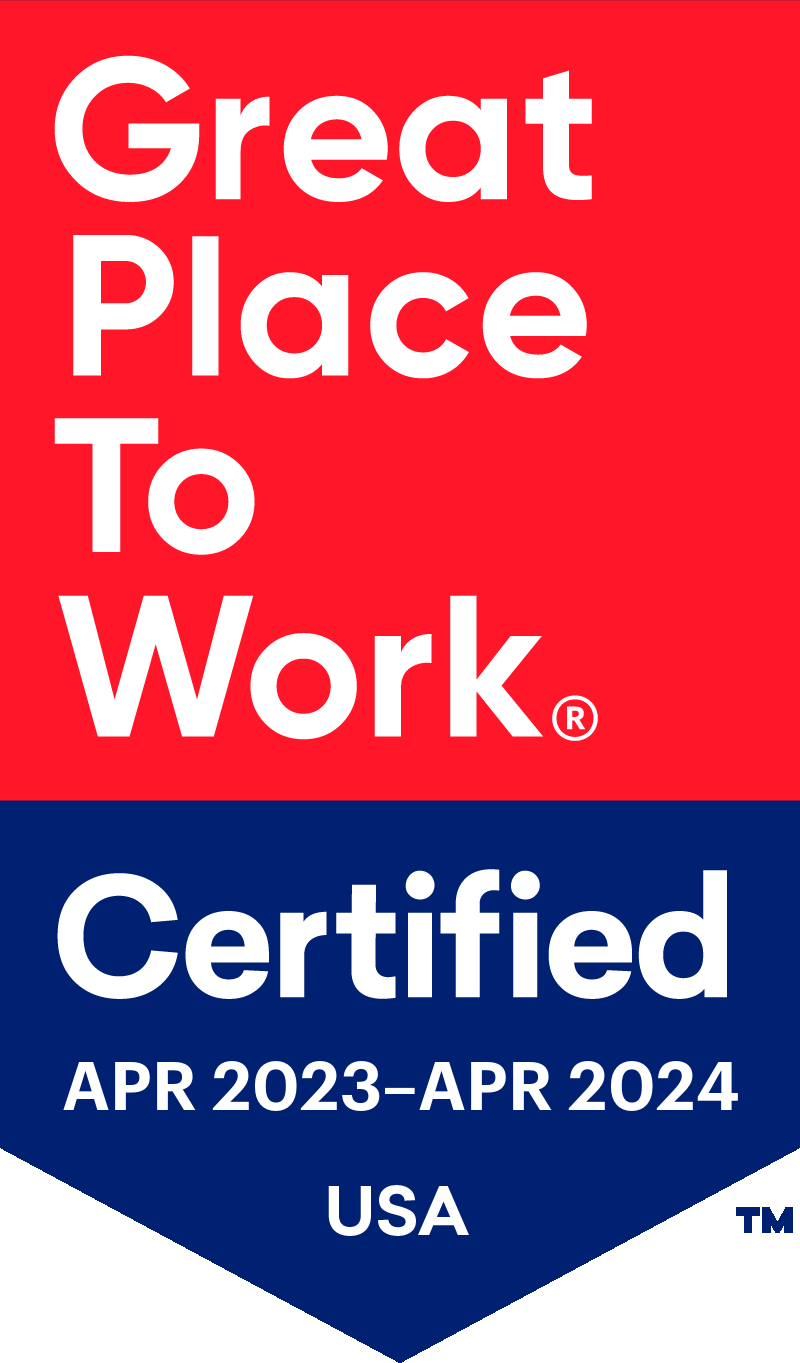Preparing for HOPE: Proactive Strategies for a Smooth Transition
In our previous blog, we delved into the complexities and challenges associated with transitioning to the Hospice Outcomes and Patient Evaluation (HOPE) assessment tool. Understanding these hurdles is the first step in navigating this significant change within the hospice care sector. In this blog, we will outline effective strategies that hospice providers can implement to ensure a smooth and successful adaptation to the HOPE tool. Adequate preparation is crucial not only for compliance but also for maintaining and enhancing the quality of care during this transition. With comprehensive planning and the right tools, your organization can seamlessly integrate these new requirements and continue to provide excellent care without disruption.
Hospice Preparation Strategies for HOPE
- Early Adoption and Pilot Testing: Begin using the HOPE tool well before the mandatory implementation date. This can help identify potential issues in the system that can be addressed in a controlled manner without the pressure of compliance deadlines.
- Invest in Staff Training and Support: Allocate resources for comprehensive training programs to familiarize staff with the new assessment tool. Consider ongoing support and refresher courses to ensure staff remains competent and confident in using new assessments, tools or workflows.
- Enhance IT Infrastructure: Work closely with IT specialists to ensure your systems are capable of handling the new tool’s requirements. Plan for data integration solutions that can seamlessly merge HOPE data collection with existing EHR systems.
- Engage with CMS and Industry Forums: Stay informed about any updates or changes to the implementation process by engaging with CMS and other regulatory bodies. Participate in industry forums and workshops for additional insights and support from other organizations undergoing similar transitions.
- Develop a Quality Assurance Plan: Implement a quality assurance plan that includes regular checks on data accuracy and timeliness. Use the early months to fine-tune data collection and reporting processes to meet CMS standards.
By anticipating these challenges and preparing adequately, hospice providers can ensure a smooth transition to the HOPE assessment tool, thereby minimizing disruption to their operations and maintaining high standards of patient care.
In Summary
At Curantis Solutions, we’re eliminating additional burdens when it comes to implementing the HOPE assessment tool— no duplicate data entry, just efficient and effective care management through standardized assessments that naturally flows with your team’s daily activities. Additionally, our robust Quality Assurance (QA) Queue tool is designed to ensure that all data entry meets required standards, reducing the chance of errors and enhancing overall data quality, creating a trouble-free transition to HOPE. We are dedicated to ensuring that your transition to HOPE is as seamless as possible.
To learn more, download our fact sheet with additional information and links to help you prepare for HOPE, ensuring that your organization continues to provide exceptional care without missing a beat.
Download our FREE HOPE Assessment Overview Info Sheet.
Missed part one of this two part series, read part one here.






